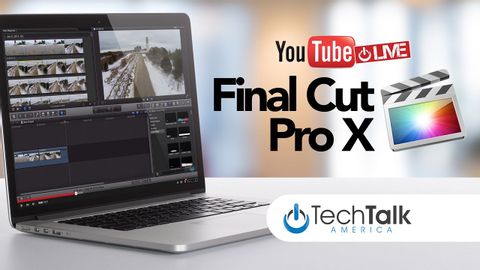Final Cut Pro Xチュートリアル (Final Cut Pro X Tutorial)
james.t.design が 2021 年 01 月 14 日 に投稿  この条件に一致する単語はありません
この条件に一致する単語はありません- v.t./i.(物を)見せる : 見えるようにする;(感情を)表に出す : あらわにする;見せる;(やり方を見せて)説明する : 教える;案内する;(合理的な推論により)証明する : 論証する;明らかにする
- n.ふり;見せかけ : うわべの装い;展示会 : 展覧会 : 見本会;演劇;ショー;(テレビやラジオの)番組
- n. (c./u.)シーツ;薄板;平たく広い表面;紙切れ
- n. (c.)クリップ : 留め具 : 留め金;テレビや映画のクリップ
- v.t.クリップで留める;刈り取る;ぶん殴る
- v.i.意気投合する;カチッと音がする;理解する;気が合う
- v.t.クリックする
- n. (c.)クリック;カチッという音;クリック;写真
エネルギーを使用
すべての単語を解除
発音・解説・フィルター機能を解除

